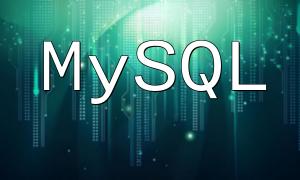CodeIgniter and Laravel are both popular open-source PHP frameworks designed to simplify web application development. Each offers robust features and a strong ecosystem that enables developers to build efficient web applications quickly. However, they differ significantly in their design philosophies and implementation, and choosing the right one depends on your specific project requirements.
CodeIgniter follows the traditional MVC (Model-View-Controller) architecture, separating business logic, data, and presentation layers for better code maintenance and scalability. Laravel, on the other hand, extends this approach with an additional data access layer (D layer), allowing for more modular and maintainable code when handling database interactions.
CodeIgniter uses a conventional routing mechanism that is simple and easy to configure. Laravel provides a more advanced middleware-based routing system, allowing developers to group routes, name them, and apply middlewares for access control or request handling—ideal for complex applications.
Unlike Laravel, CodeIgniter does not include a built-in ORM layer. Developers typically rely on raw SQL queries or its lightweight database class. Laravel’s built-in Eloquent ORM allows developers to interact with databases using an expressive, object-oriented syntax, significantly improving readability and efficiency.
CodeIgniter includes a basic templating system, but its functionality is limited. Laravel uses the Blade template engine, offering modern syntax, template inheritance, conditionals, and loops—making front-end development cleaner and more efficient.
Both frameworks provide a rich library of extensions. CodeIgniter’s extensions are mostly community-driven, giving flexibility in customization. Laravel’s packages are often officially maintained, ensuring stability and compatibility. Laravel’s ecosystem also includes tools for queues, scheduling, broadcasting, and more.
Both CodeIgniter and Laravel have large, active communities. CodeIgniter has a long-standing user base, while Laravel’s modern design and continuous updates have attracted a highly engaged developer community.
CodeIgniter updates are relatively infrequent, focusing on stability. Laravel, however, is frequently updated with new features and optimizations, keeping pace with modern PHP development trends.
CodeIgniter is known for its simplicity and straightforward documentation, making it ideal for beginners. Laravel has a steeper learning curve due to its advanced features but offers powerful tools once mastered, making it popular among experienced developers.
Both frameworks deliver strong performance. CodeIgniter is lightweight and fast, suitable for smaller applications. Laravel, while slightly heavier, leverages caching and optimization features to perform efficiently in larger, complex systems.
For small to medium-sized projects, CodeIgniter provides a flexible and lightweight option. For enterprise-level or complex applications requiring scalability and maintainability, Laravel stands out with its comprehensive ecosystem and advanced features.
In summary, CodeIgniter excels in simplicity and speed, making it perfect for rapid development and smaller projects. Laravel, with its modern architecture and extensive ecosystem, is the better choice for large-scale, feature-rich applications. The best framework ultimately depends on your project goals and your team's technical expertise.









